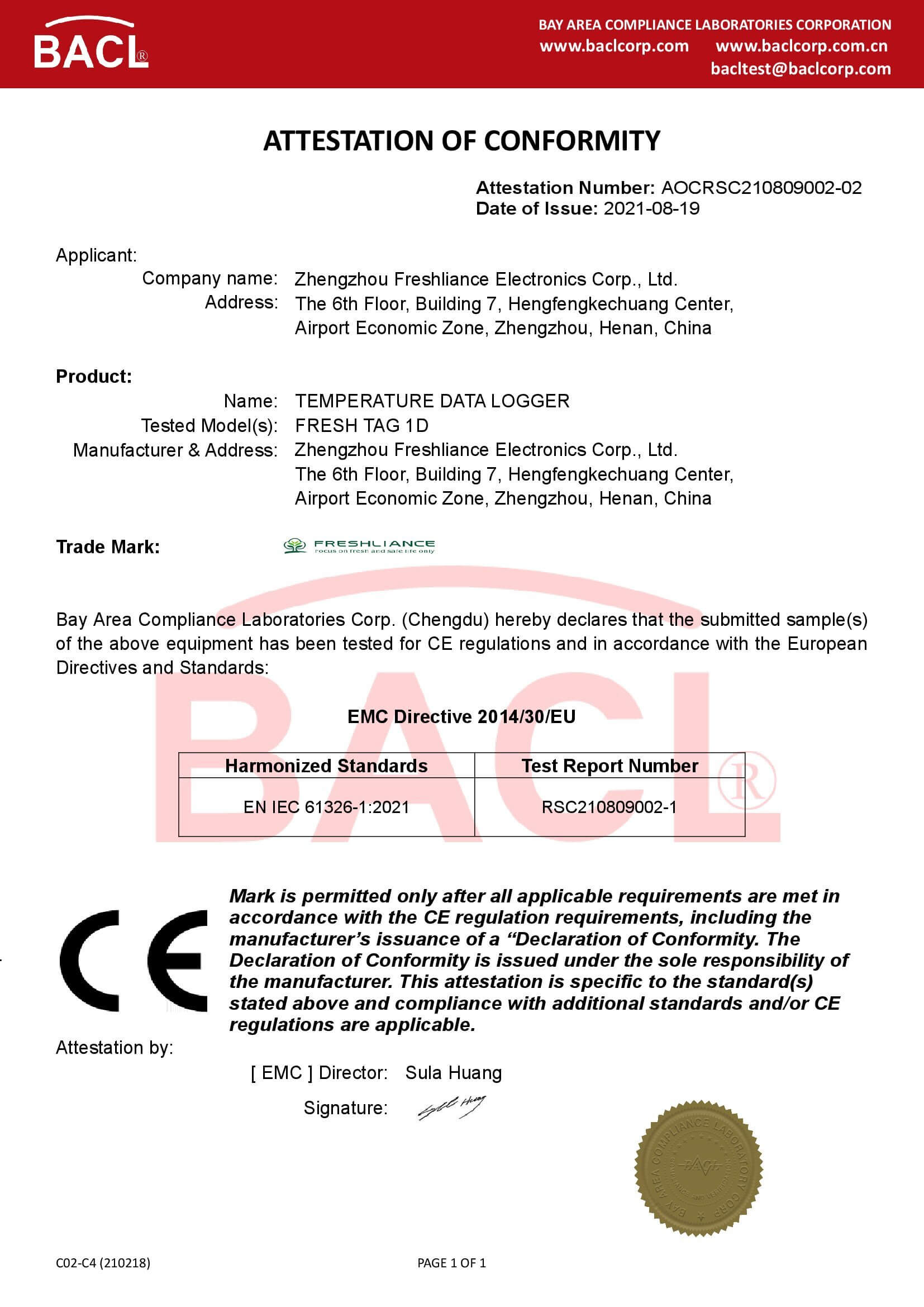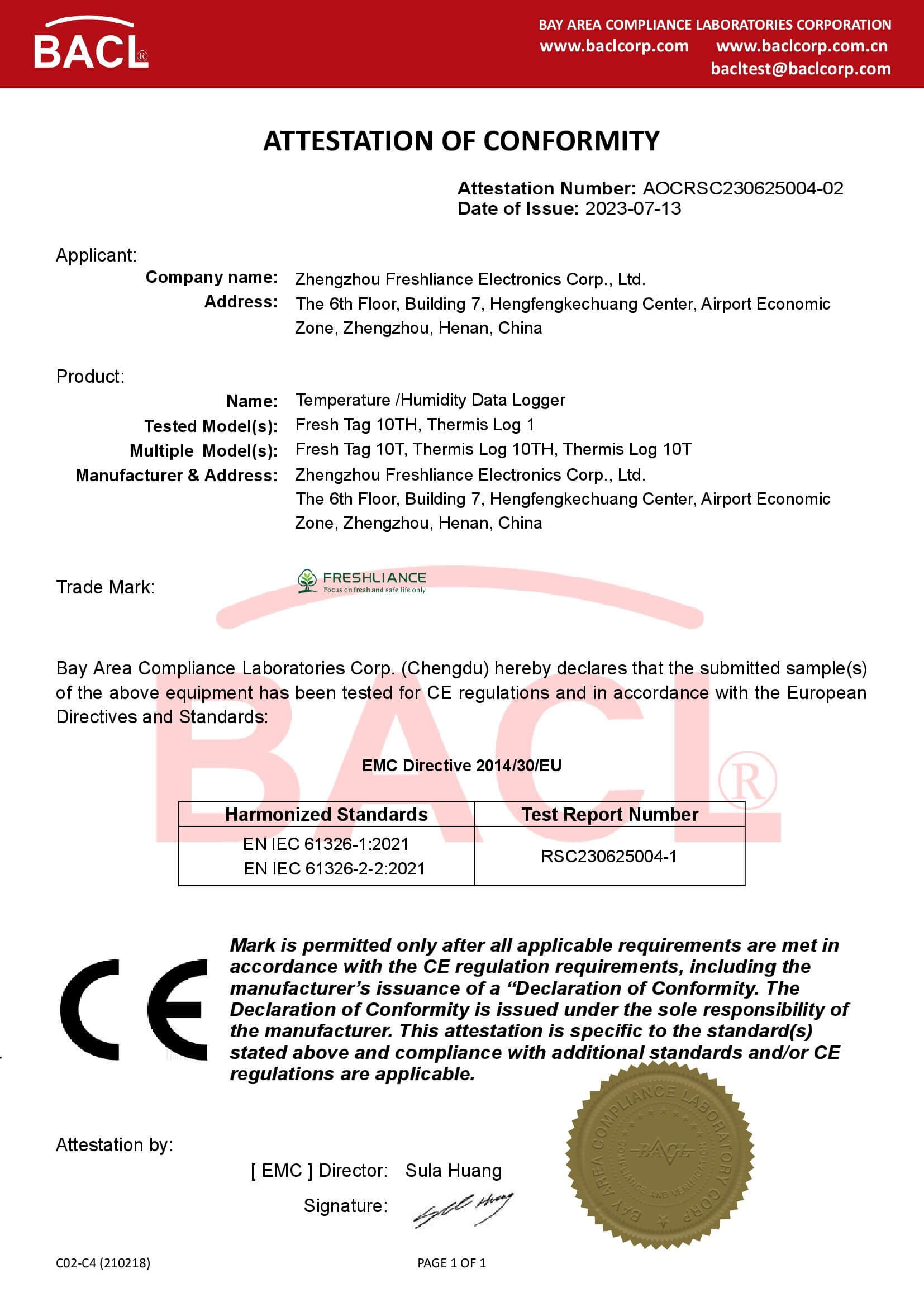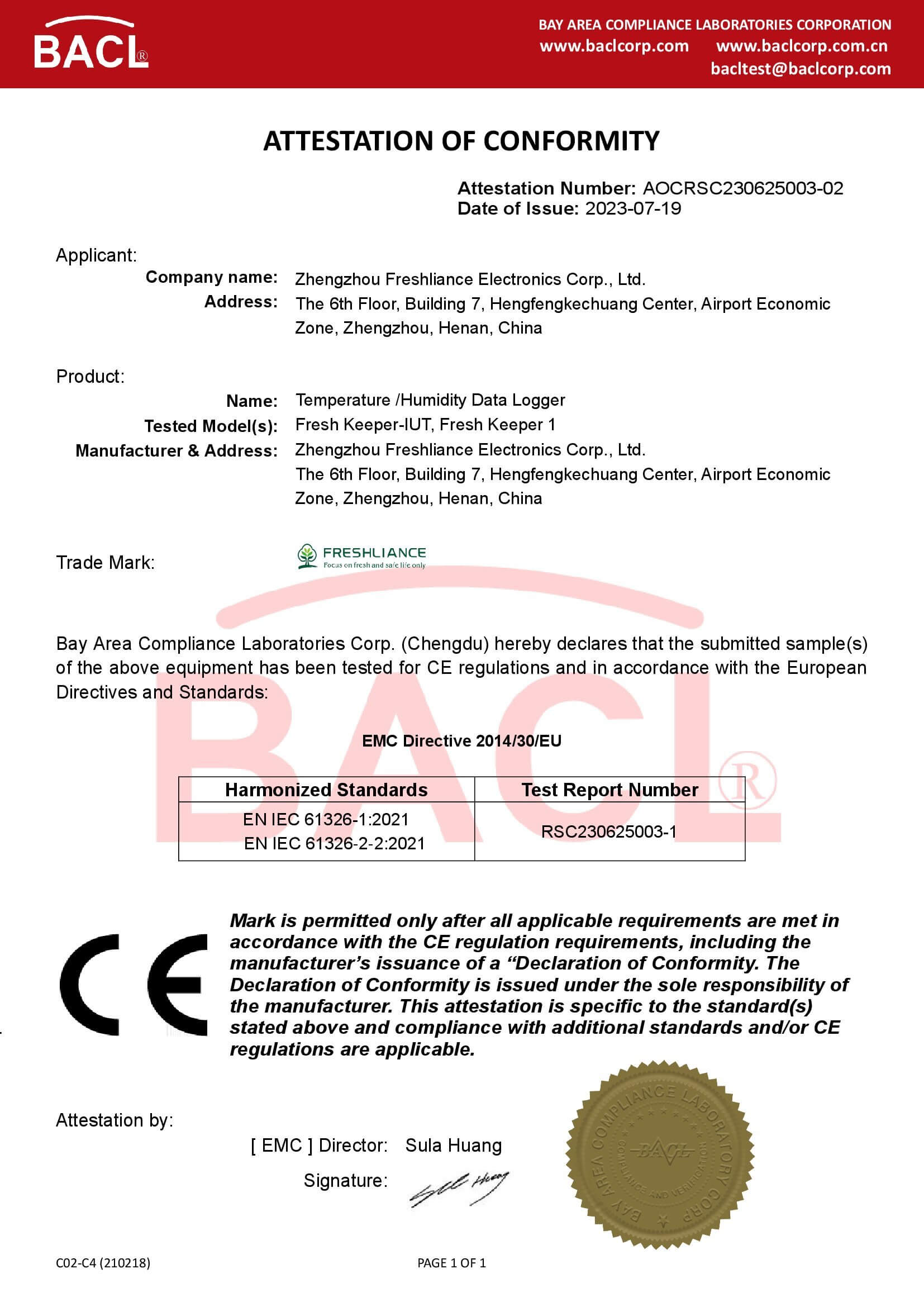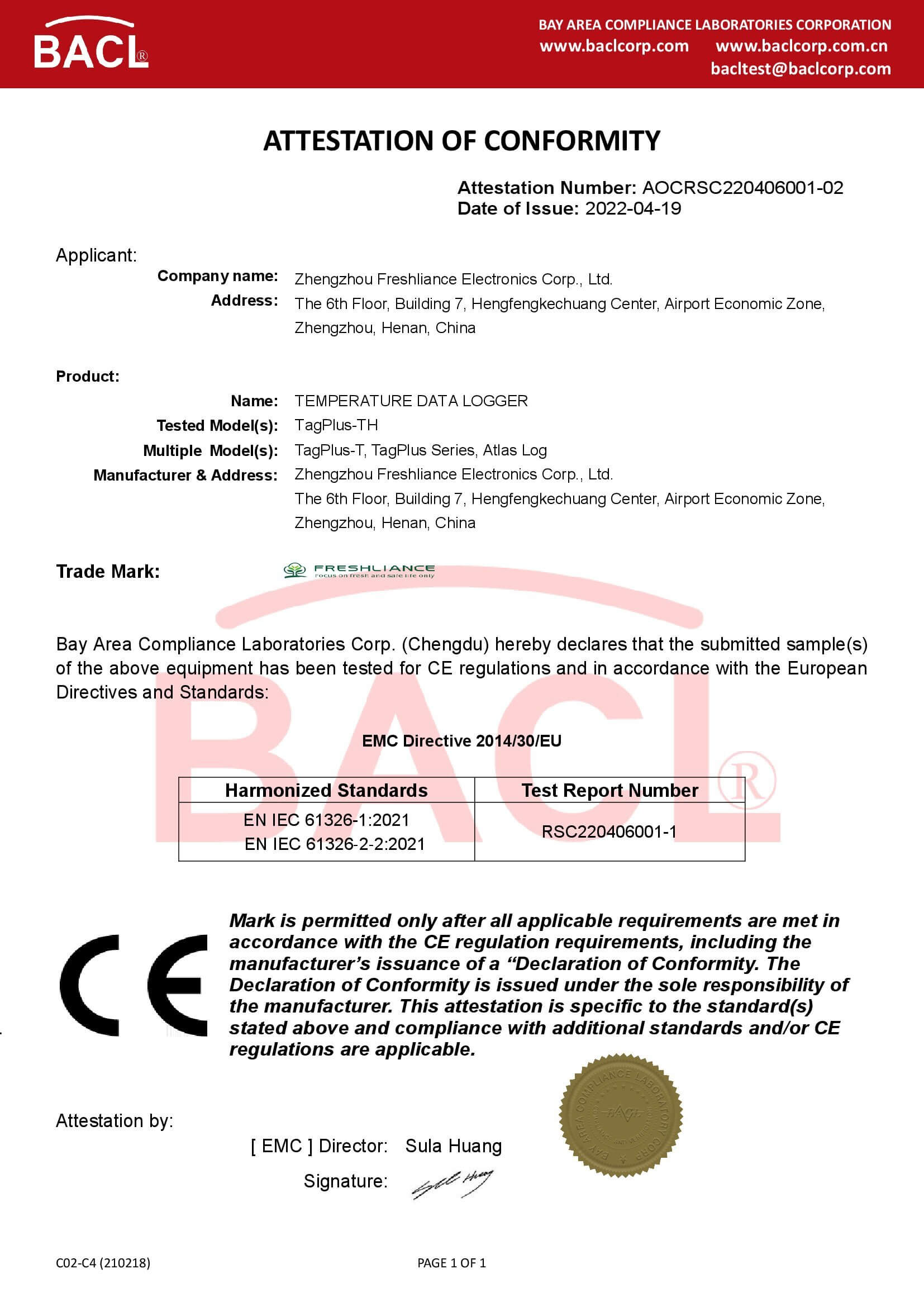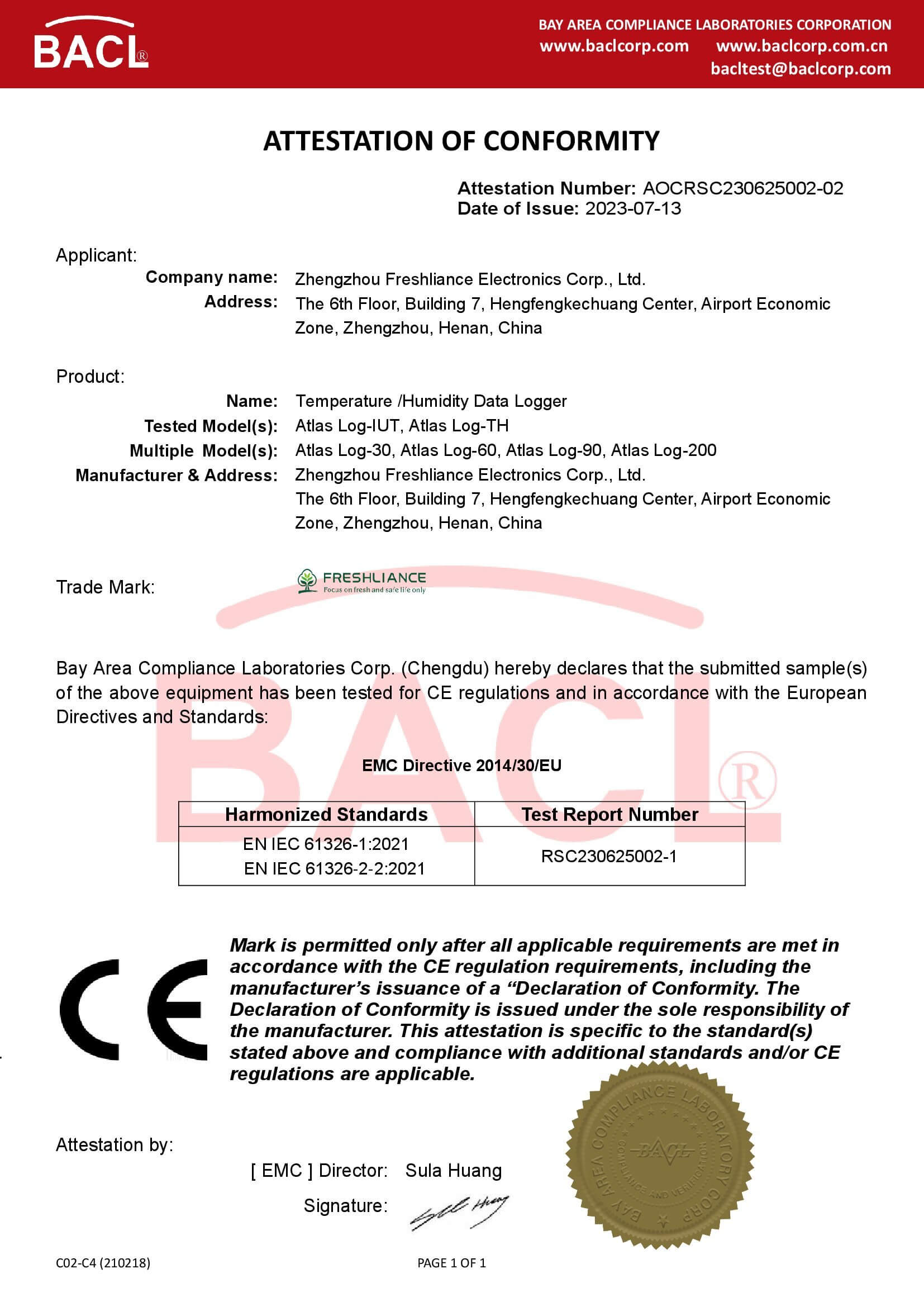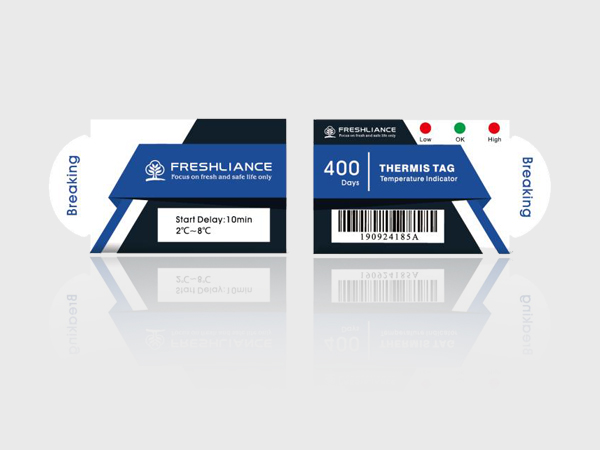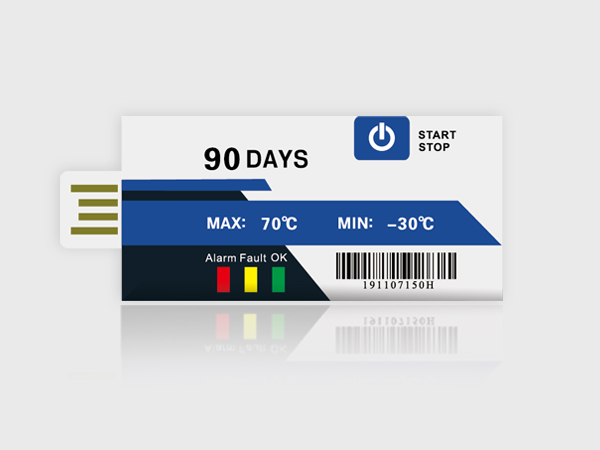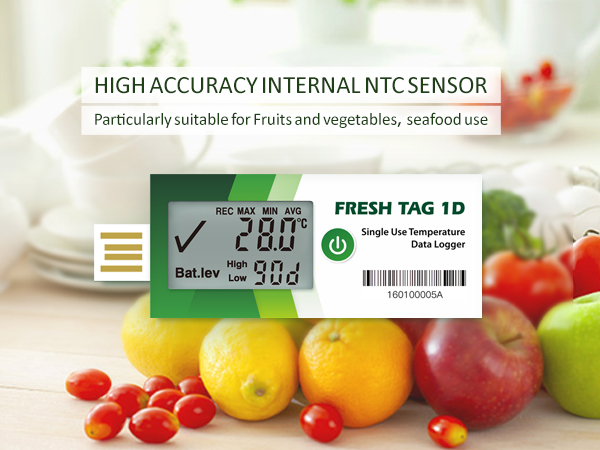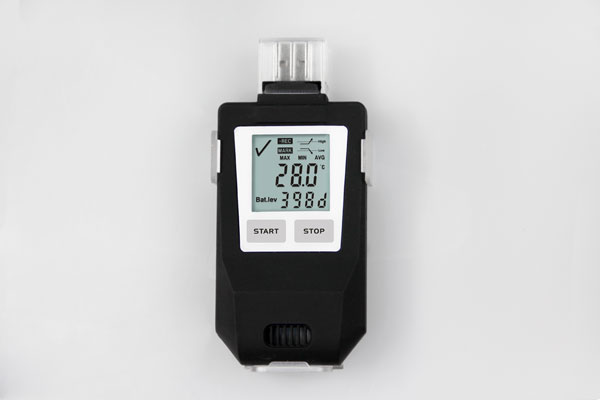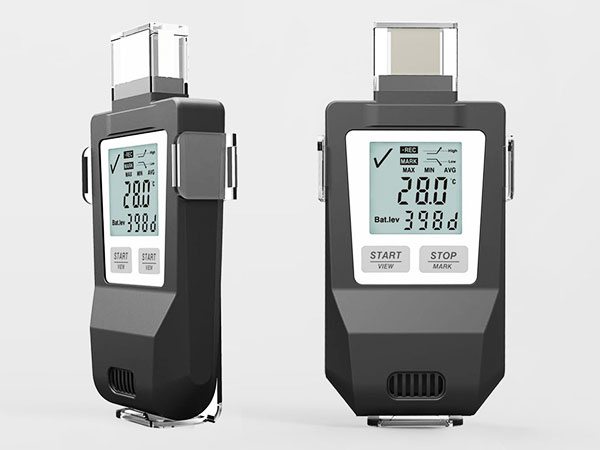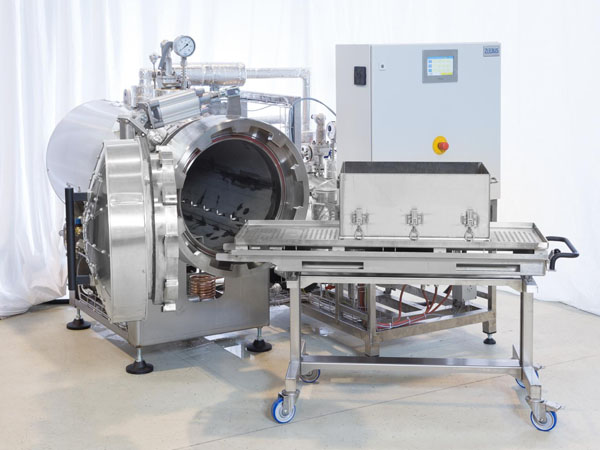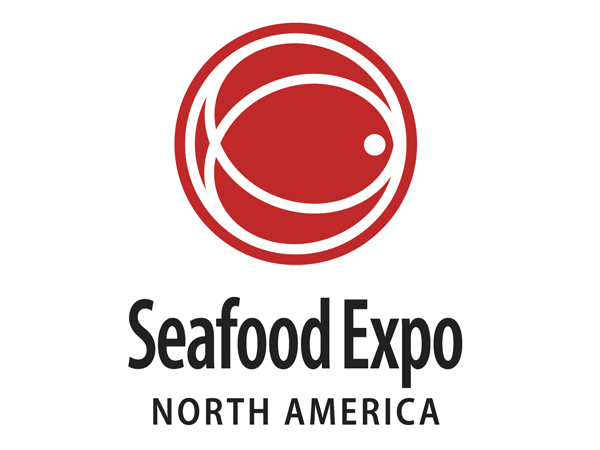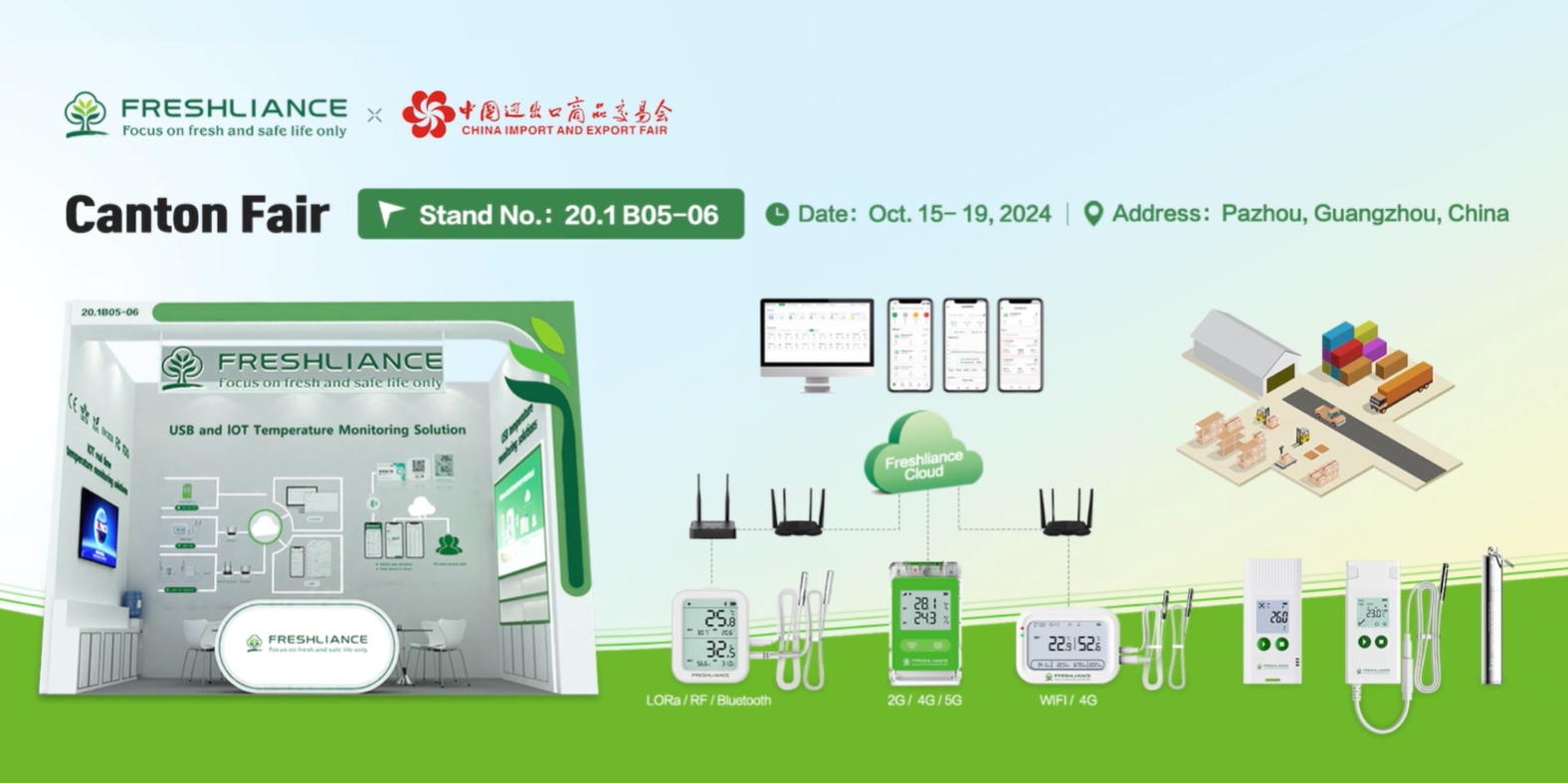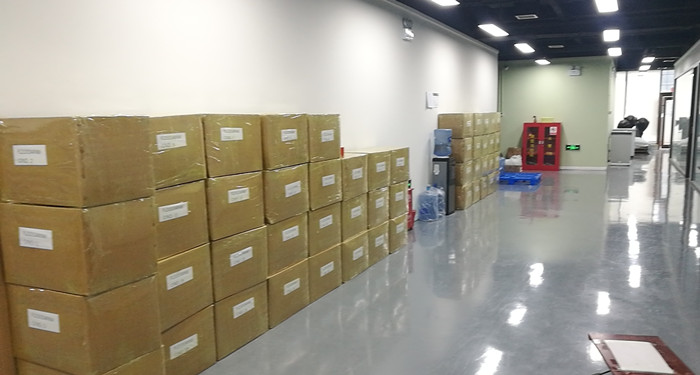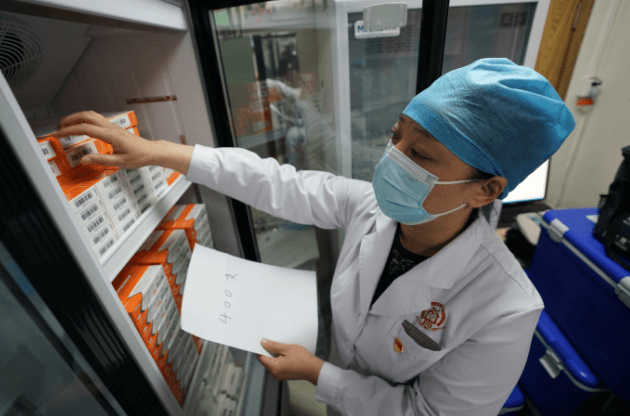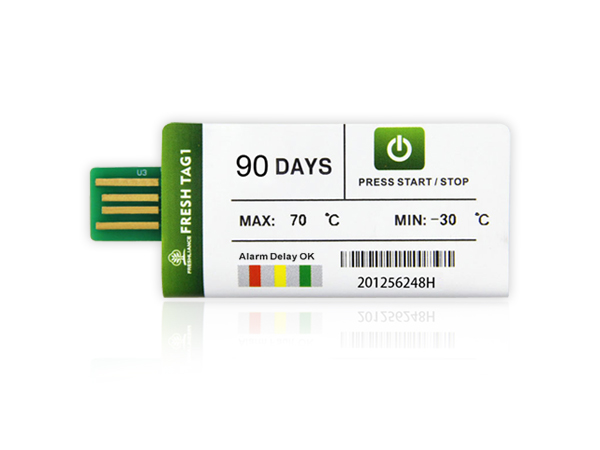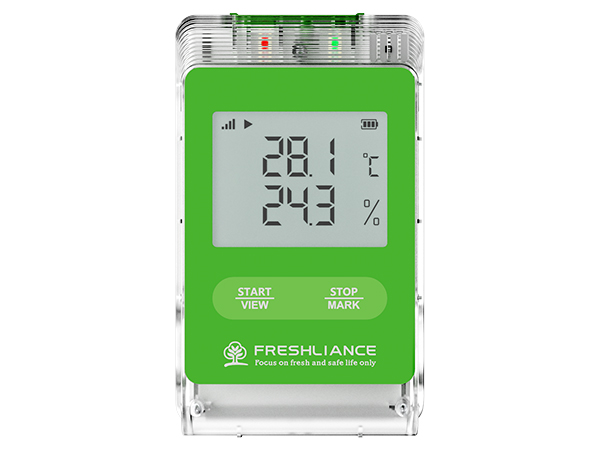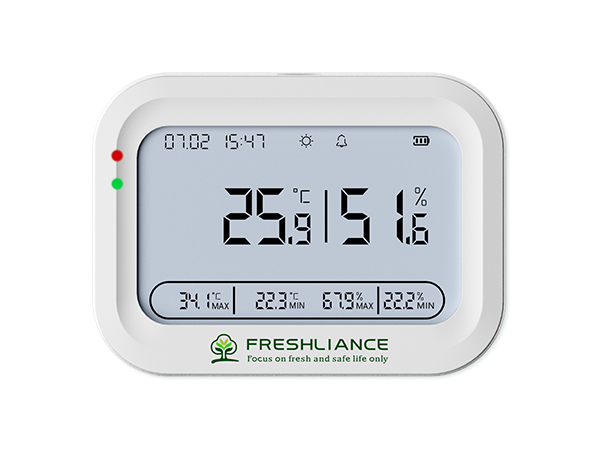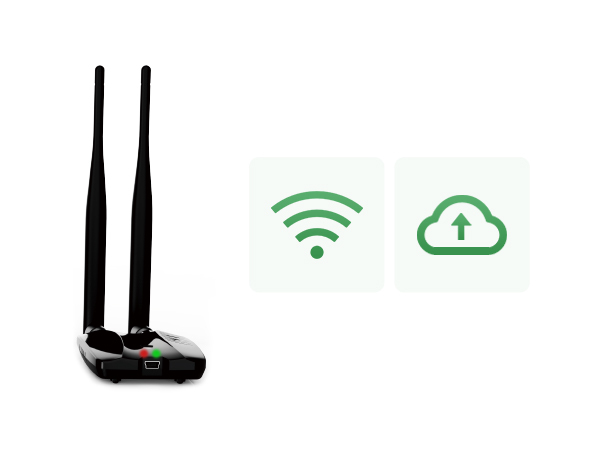How to Keep Crabs Alive for Shipping
Freshliance Fresh Tag 1 single use USB temperature data logger can monitor and record the crab’s temperature changes during cold chain logistics to assist to keep the crab alive during the whole cold chain.

For fans of seafood, there might not be much better than some crab. For suppliers and their shippers, there might not be much more exacting than successfully transporting crabs that are still living. It has to be done a very certain way or there’s a very real risk of the meat being unappetizing or crabs dying in transit and not being able to be cooked. In order to transport crabs, shippers must ensure that the environment is at a certain temperature, the crabs stay moist or in water, and moved in a stress-free environment. If shipped frozen, it’s crucial that the meat is properly insulated and kept in a temperature-controlled environment.

If you’re shipping crabs alive and they die, they cannot be consumed. First of all, the meat will turn mushy and not be as appetizing. Second, the bacteria that grow inside a dead crab’s shell are not good for human consumption and could make someone eating it very ill. The optimal temperature to ship crabs is 50 degrees Fahrenheit. This keeps the crabs cool and in a state of lethargy so they can make the trip easier. Warmer than 50 degrees and they might be frisky in their containers; colder than 50 degrees runs the risk of killing the crabs.

Freshliance single use USB temperature data logger comes with a compact design to save space during transportation. You can place these temperature data loggers with your crabs in ships, trucks or airplane. Moreover, this USB temperature sensor is equipped with red, green and yellow indicators, which can indicate its alarm, ok and fault status. After the trip the completed, you can tear off its plastic bag, and plug it into the computer. The report with graph and table will be automatically generated. The Food and Drug Administration (FDA) mandates that facilities that process and ship out seafood products undergo mandatory inspections periodically. The shipper must make sure the packaged seafood is kept safe for consumption. This report will be the necessary evidence for the product owner and the cold chain carrier if the cold chain performance objection is required.


